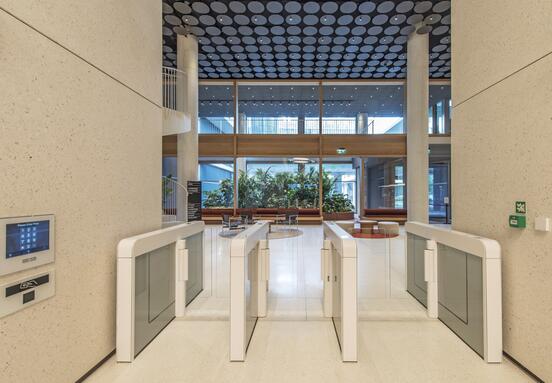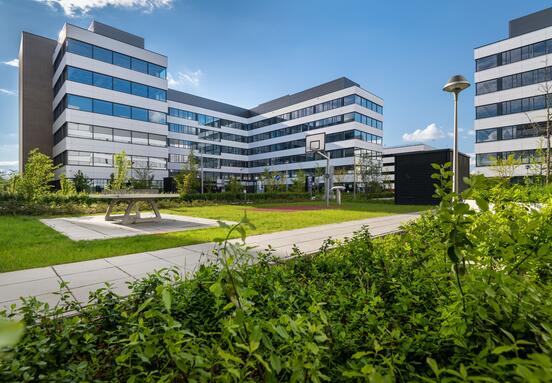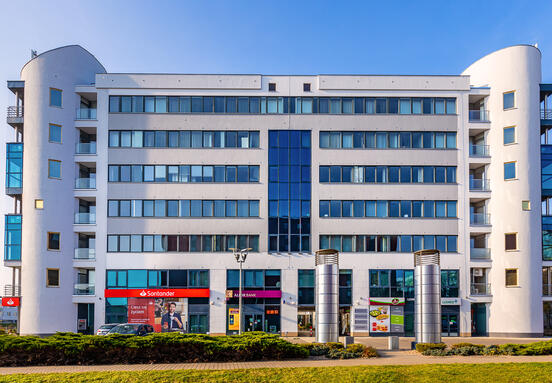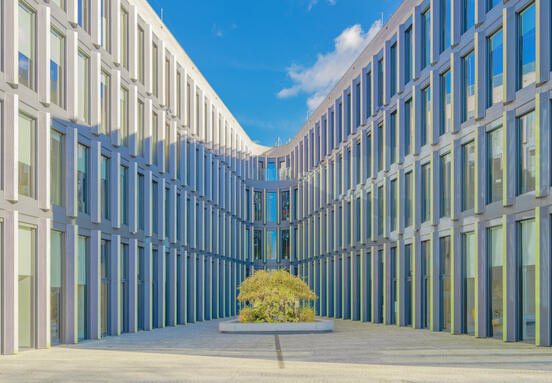"Polish commercial properties continue to attract both investors and occupiers as they constitute an attractive market for business development and offer higher yields compared to Western Europe. Overseas investors remain dominant market players in Poland, with Asian and CEE investment funds being very active. However, labour availability issues and potential economic swings, especially the deteriorating health of the German economy, appear to weigh on the positive market sentiment." Tomasz Buras, CEO, Savills Poland
2019 KEY MARKET TRENDS:
Another excellent year for the commercial investment market
Commercial investment activity set an all-time high in Poland in 2018, with the trading volume at EUR 7.2 billion. This year’s total investment volume is expected to be close to or just above that level as it had already reached EUR 4.5 billion in the first three quarters of 2019 and is likely to exceed EUR 7 billion by the end of the year. There is a growing willingness among CEE and Asian funds including Korean, Japanese, Malaysian and Singaporean capital to invest in Poland. Asian funds accounted for 20% of all investment deals in the first three quarters of 2019, but in real terms they may see their share rise further due to the involvement of investment platforms in some transactions. Acquisitions by Asian investors in 2019 included West Station I and II, Business Garden Poznań I, Business Garden Wrocław, Zalando’s distribution centre, and Blackstone’s industrial portfolio.
A year of large leases on the Warsaw office market
In 2019, Warsaw’s office market was undoubtedly dominated by large tenants, many of whom signed new leases. The first three quarters witnessed 11 leases for spaces in excess of 10,000 sq m each compared to six in the same period last year. The third quarter of 2019 alone saw two largest office deals in the history of the Polish market: mBank for 45,600 sq m in Mennica Legacy Tower and the renegotiation by Orange Polska of its lease agreement for 44,850 sq m in Miasteczko Orange. Office take-up in the Polish capital is therefore likely to beat last year’s record.
Demand for new asset classes outstrips supply
2019 witnessed the largest portfolio transaction on the Polish purpose-built student accommodation market: the acquisition of Student Depot for EUR 60 million. Investors’ demand for new asset classes outstrips the availability of such products for sale. As a result, alternative assets were acquired at the pre-construction stage throughout 2019. An example in the private rented sector was the disposal by Golub Gethouse of a tower project which is scheduled to break ground in late 2020 or early 2021 in Grzybowska Street in Warsaw.
New warehouse locations
Labour availability issues have driven tenants to consider alternative locations outside the core industrial markets. Developers responded to these expectations in 2019, with new completions including a 120,000 sq m plus BTS project for Zalando built by Hillwood in Olsztynek, and two industrial parks in Kielce: 7R Park Kielce and Panattoni Park Kielce. New warehouse locations are also opening up owing to further road improvements. Prime logistics facilities are likely to be developed soon in Warsaw and out-of-town locations on the right-hand bank of the Vistula River, following the extension of Warsaw’s southern ring-road (S2 expressway).
A wave of refurbishments
With high retail market saturation levels and fast-changing consumer needs, many owners of retail schemes opted in 2019 for redevelopments, extensions or refurbishments, often to deliver an improved leisure and food and beverage offer. The office sector also saw notable investments in older office buildings to add value to them and improve their appeal to tenants, thereby helping them to compete with new office developments. The wave of refurbishments in both sectors is underpinned by the focus on people and their needs – shopping centres are being reinvented as leisure destinations while office buildings are seeing the emergence of user communities.
TRENDS ANTICIPATED IN 2020:
Potential economic swings
Although signs of an economic downturn were broadly anticipated in 2019, the Polish commercial real estate market maintained a strong momentum in the past 12 months. With the cyclical pattern of the economic cycle and the dependence of the Polish economy on the somewhat slowing German economy, 2020 is likely to see an increased caution of investors, longer decision-making times and more aversion to risk. Factors on the plus side include strong domestic demand and lessons learnt from the 2008 crisis.
A year of office towers and mixed-use projects, a moment of truth for the co-working sector
2020 will be pivotal for the office market. Several spectacular tower projects, including The Warsaw HUB, Mennica Legacy Tower, Widok Towers and Skyliner, will be delivered in Warsaw in 2020, to be followed by Warsaw Unit, Varso and Generation Park in 2021. The market will also see the completion of several mixed-use projects, including Browary Warszawskie and Elektrownia Powiśle. Looking ahead, the global turmoil surrounding the largest flexible space providers and the strong competition among Polish market players are likely to lead to increased landlord caution towards serviced offices and co-working space operators in the coming months. This sector’s growth is therefore expected to slacken against a backdrop of operator consolidation.
Last mile logistics
Small Business Units (SBUs) are expected to become increasingly popular whilst benefiting from the growth of e-commerce and the focus of e-retailers on cutting delivery times. So far such units have been used largely by urban distributors. Going forward, some large tenants may begin to incorporate urban warehouses into their supply chains to supplement central warehouse operations. 41,700 sq m of urban logistics space, including for last mile logistics, was delivered in Poland in the first nine months of 2019, and the development pipeline as at the end of September comprised another 40,500 sq m.
New alternative asset classes
Purpose-built student accommodation and private rented housing are gradually taking hold on the Polish market. Alternative real estate assets, however, include more than just these two classes. The coming months may witness growth in co-living and a turning point in private senior housing. This sector’s more rapid expansion is however being hampered, among other things, by a dearth of such assets and the fact that development projects rarely feature in investment funds’ strategies. The ageing population and the growing purchasing power of seniors may, however, encourage investors to enter this market more boldly in the future.
PropTech and sustainability
Although new technologies have an impact on how people live and work every day, the real estate industry has been cautious about investments in innovation for quite some time. This has already begun to change and the coming months will see PropTech on the rise. Technological advancements should go hand in hand with environmental protection and implementation of sustainable solutions which in the real estate industry include the growing popularity of sustainable building certification programmes, promoting commutes by alternative means of transport, and green policies implemented by fashion retailers in shopping centres.
Source: Savills








